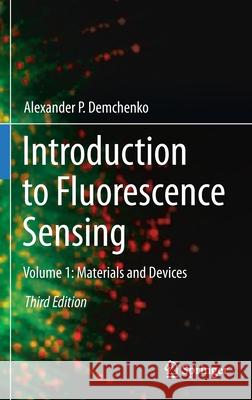Introduction to Fluorescence Sensing: Volume 1: Materials and Devices » książka
topmenu
Introduction to Fluorescence Sensing: Volume 1: Materials and Devices
ISBN-13: 9783030601546 / Angielski / Twarda / 2020 / 657 str.
Introduction to Fluorescence Sensing: Volume 1: Materials and Devices
ISBN-13: 9783030601546 / Angielski / Twarda / 2020 / 657 str.
cena 645,58
(netto: 614,84 VAT: 5%)
Najniższa cena z 30 dni: 616,85
(netto: 614,84 VAT: 5%)
Najniższa cena z 30 dni: 616,85
Termin realizacji zamówienia:
ok. 22 dni roboczych.
ok. 22 dni roboczych.
Darmowa dostawa!
Kategorie BISAC:
Wydawca:
Springer
Język:
Angielski
ISBN-13:
9783030601546
Rok wydania:
2020
Wydanie:
2020
Ilość stron:
657
Waga:
1.11 kg
Wymiary:
23.39 x 15.6 x 3.66
Oprawa:
Twarda
Wolumenów:
01
Dodatkowe informacje:
Wydanie ilustrowane











